Natural Resources
All Natural Resources Content
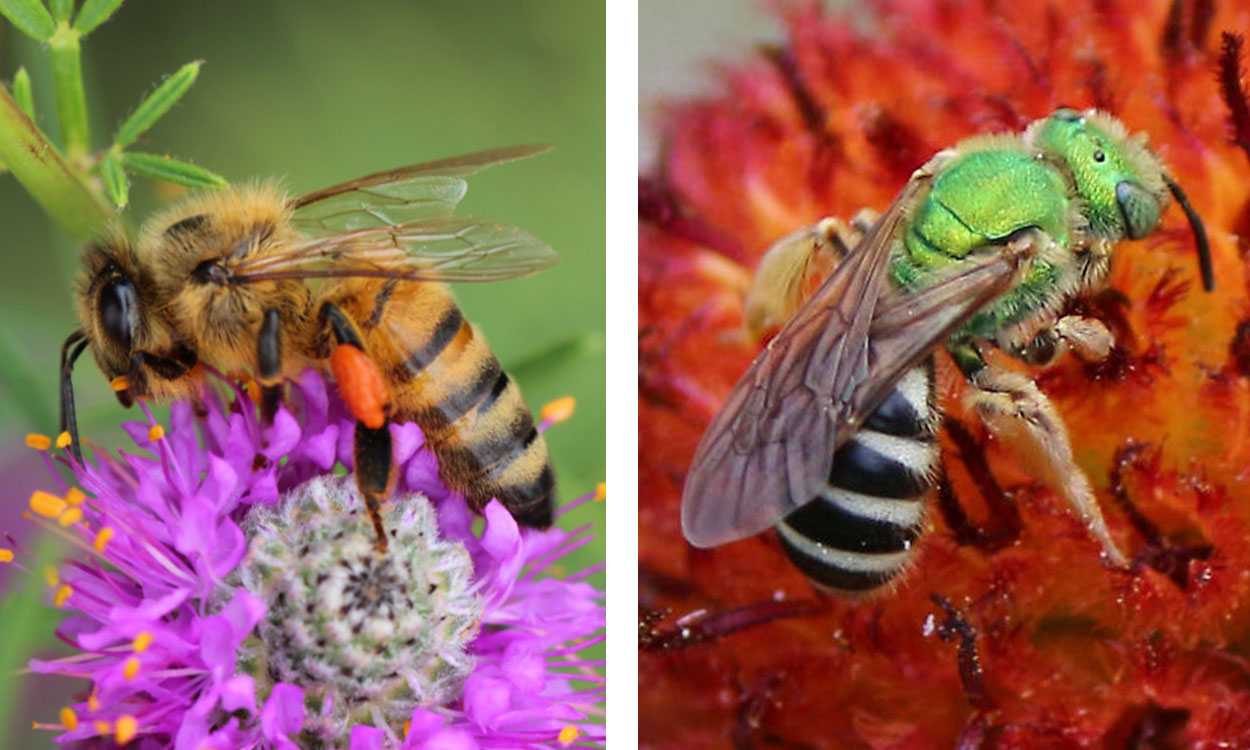
Beneficial Pollinators: Honey Bees and Bicolored Striped-Sweat Bee
With temperatures increasing in South Dakota, expect to see an increase of beneficial pollinators searching for blooming plants. Learn about two important pollinators, the honey bee and the native bicolored striped-sweat bee.
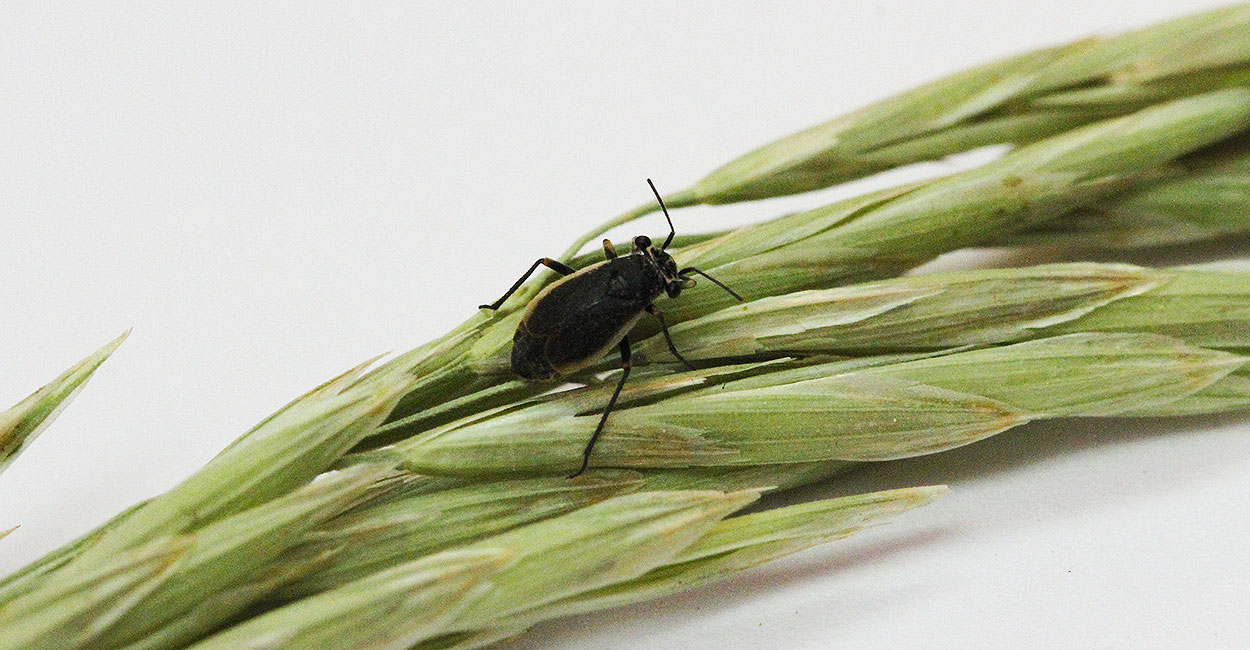
Black Grass Bugs May Cause Issues if Drought Persists
In western South Dakota, black grass bugs are a common spring forage pest that can cause considerable damage during periods of drought. Learn how to monitor and manage this pest to protect your forages this spring.
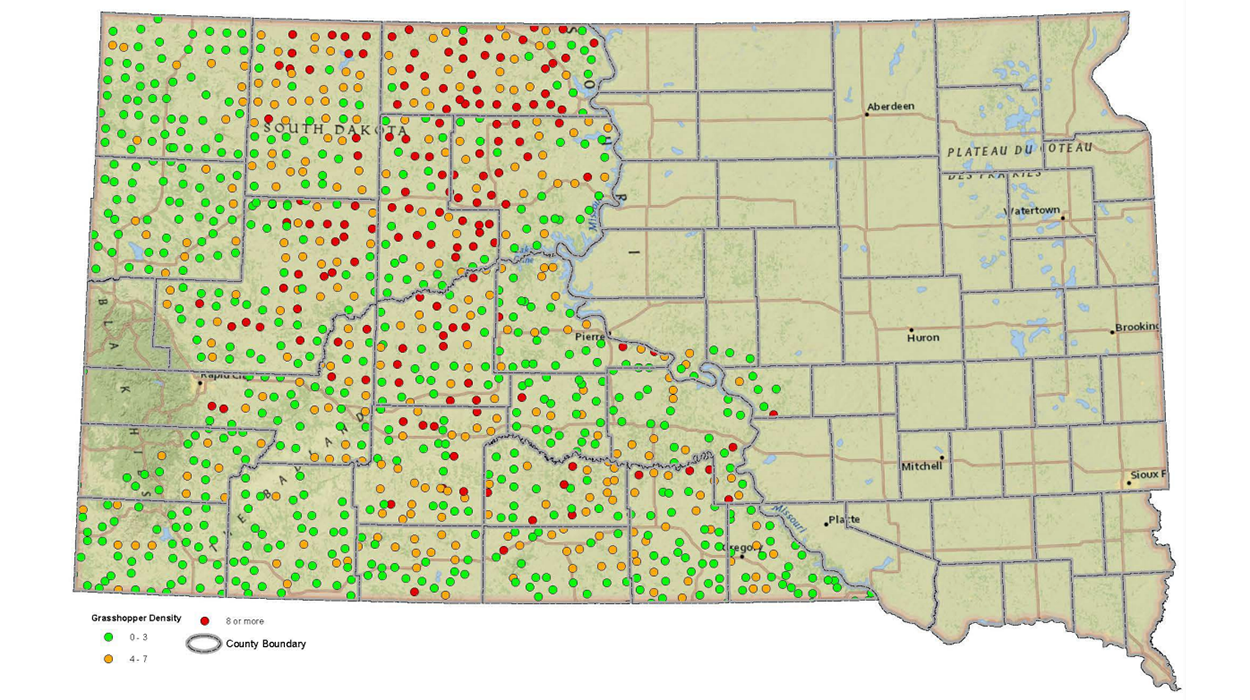
South Dakota Grasshopper Prediction for 2022
Data from the 2021 USDA Adult Grasshopper Survey of South Dakota suggests that grasshopper populations may continue to be problem in parts of central and western South Dakota during the spring of 2022.

SDSU Extension to host 2023 South Dakota Climate Summit
July 14, 2023
South Dakota State University Extension will host a South Dakota Climate Summit on Aug. 1-2, 2023, at the Arrowwood Resort in Oacoma, South Dakota.
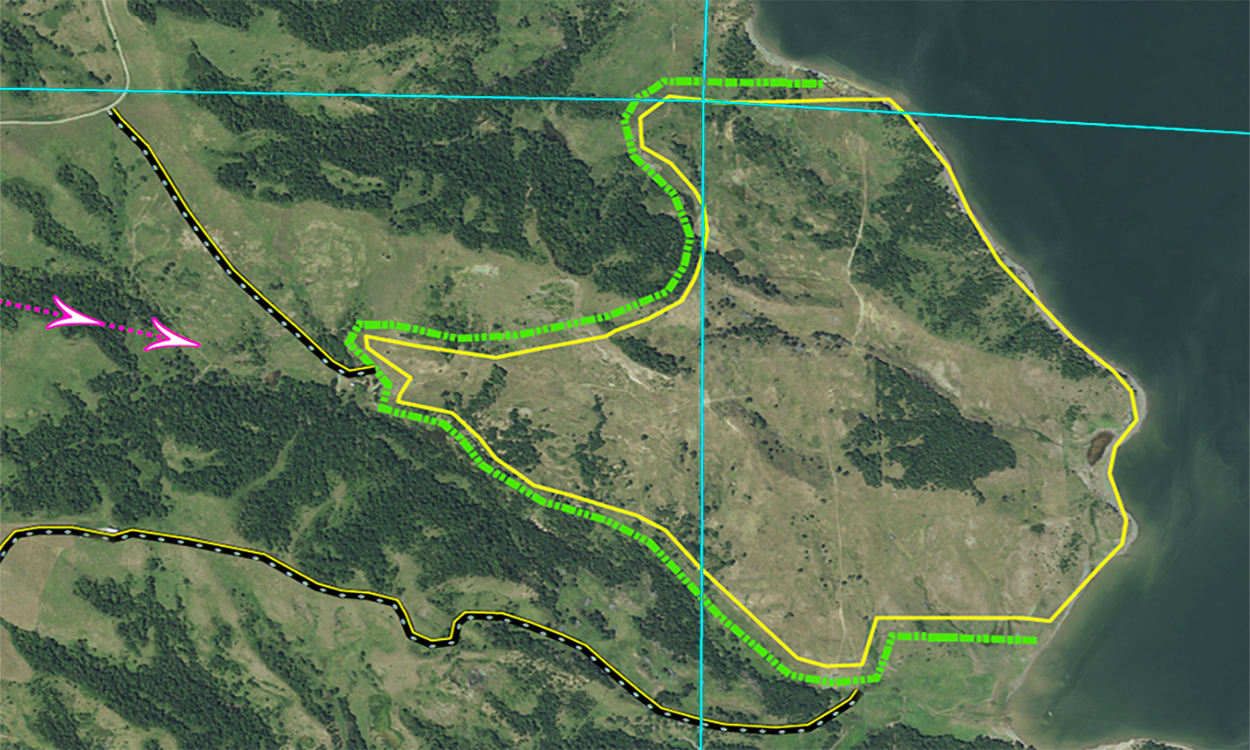
Utilize Targeted Grazing for Firebreaks
Targeted grazing incorporated into an overall rotational grazing plan can be an excellent strategy to reduce an area's available fuel load and create a soft, or green, firebreak.
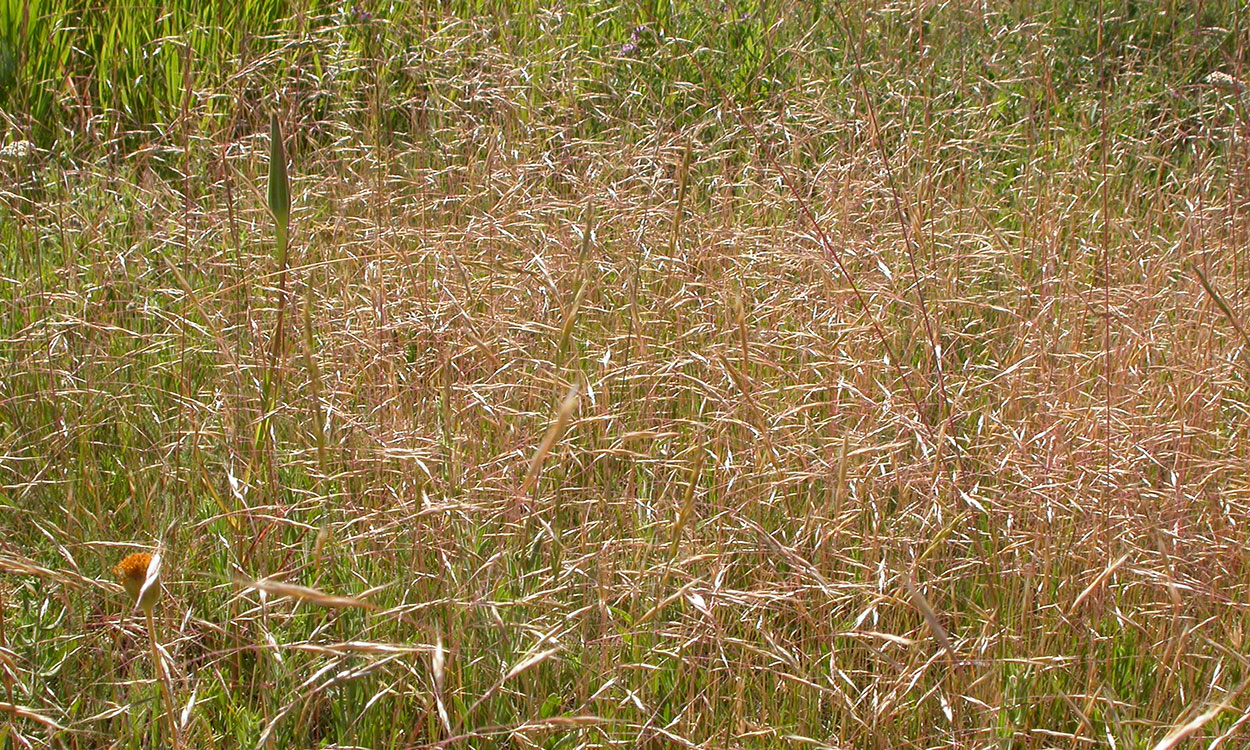
Be on the Lookout: Ventenata
Ventenata is an invasive annual grass that's an emerging threat to South Dakota rangelands due to its ability to exclude desired native species. Learn how to identify, report, and manage it before it becomes a problem in your area.
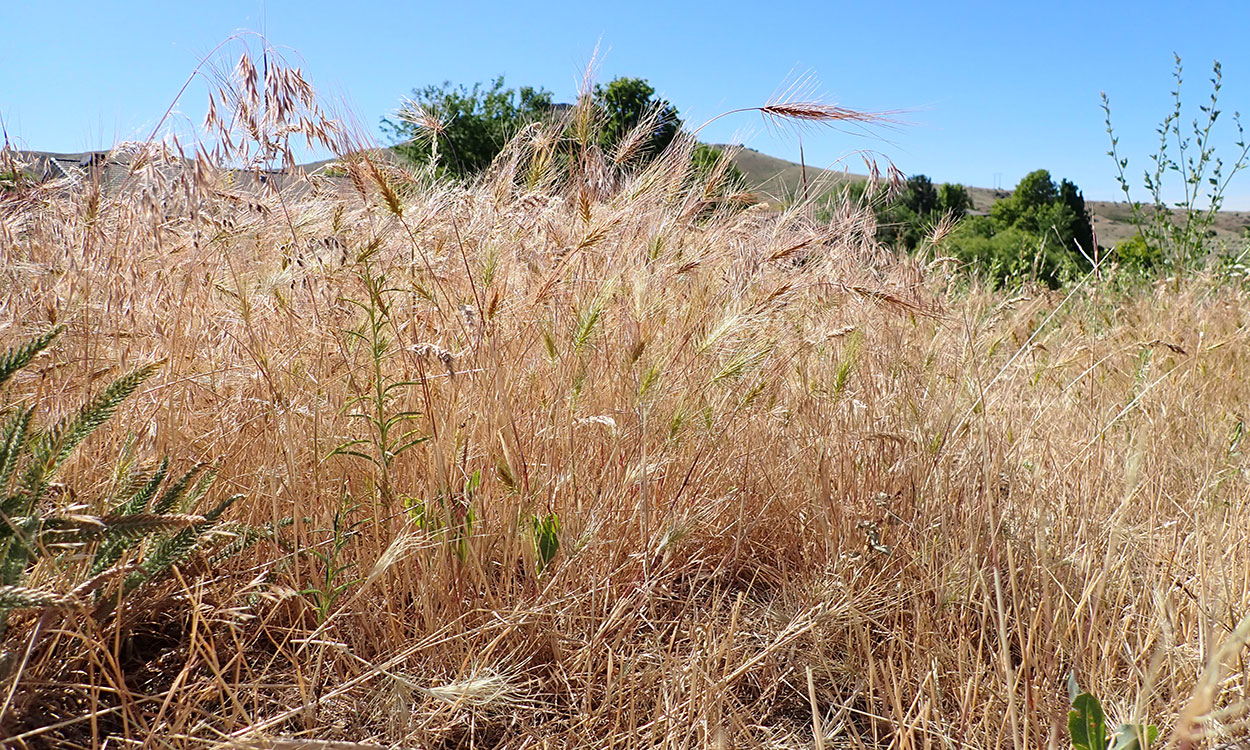
Be on the Lookout: Medusahead
Grassland managers are encouraged to be on the lookout for Medusahead, an invasive grass that can aggressively out-compete native species. Learn how to identify, report, and manage it before it becomes an issue.
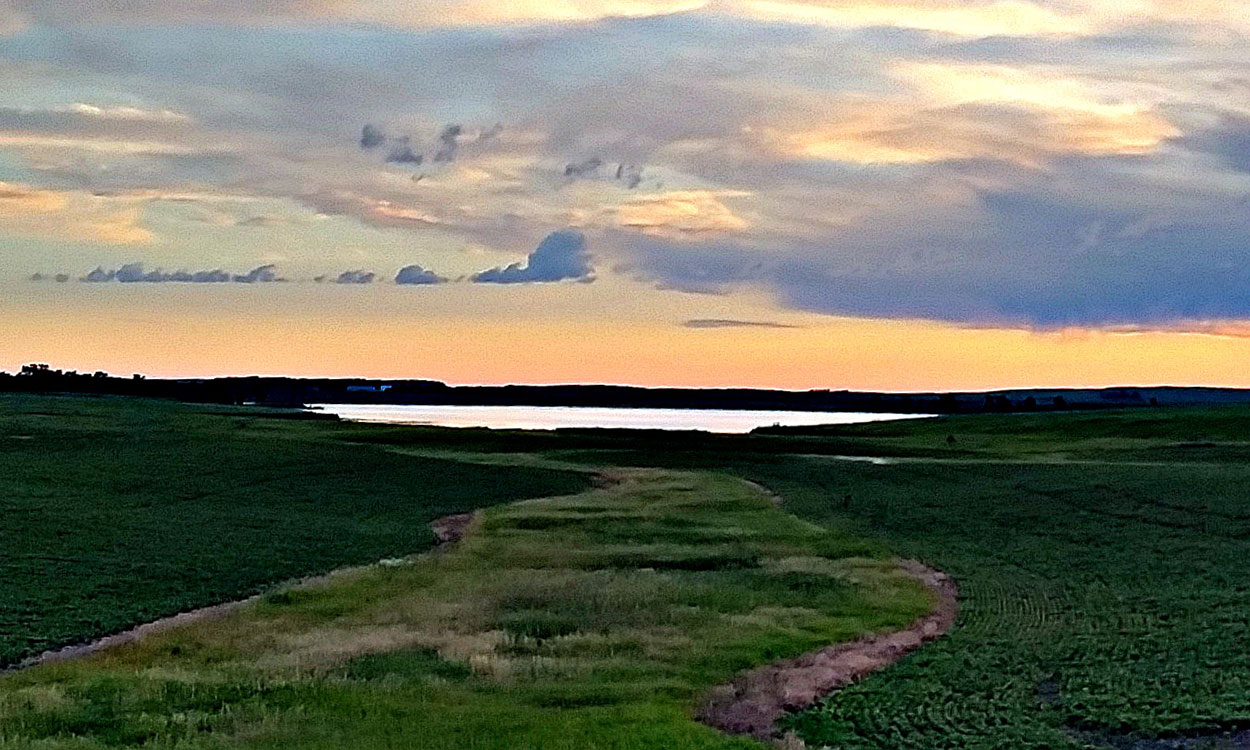
Watershed Disturbances and Change
Watersheds play a critical role in supporting our environment, economy and quality of life. Learn how natural and man-made disturbances can impact their overall health.
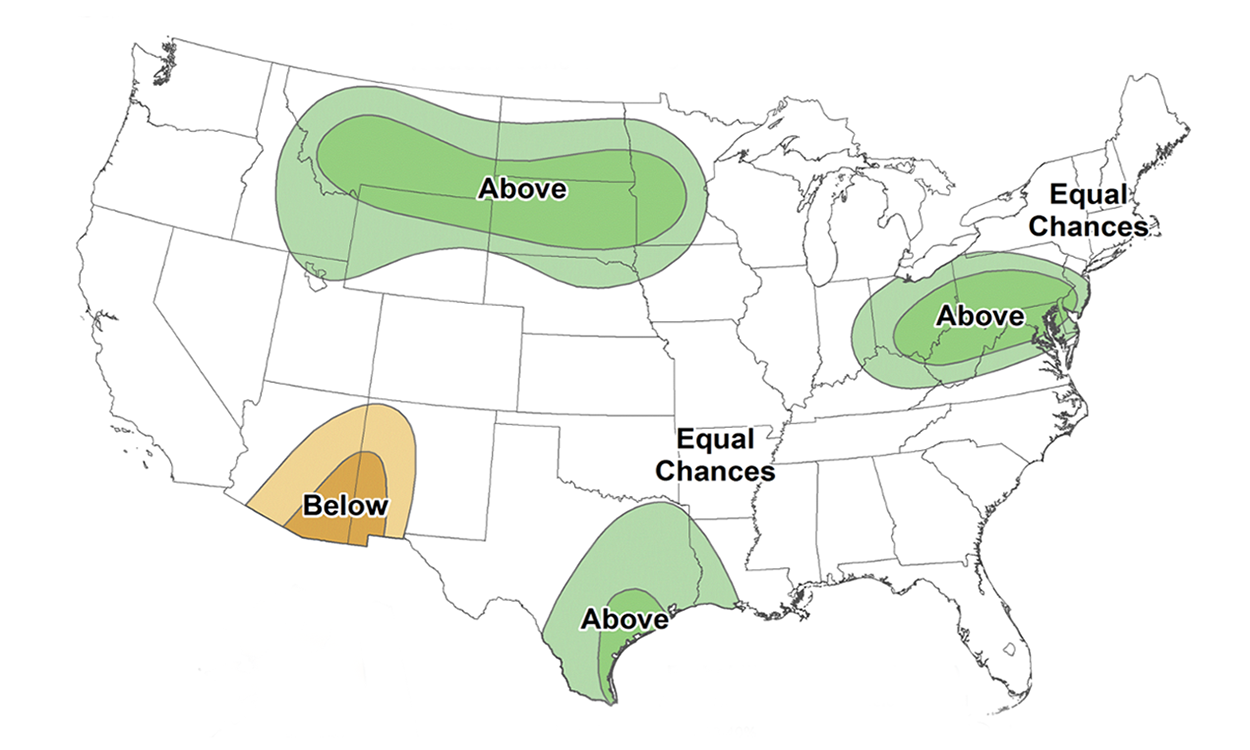
End of Summer 2023 Climate Outlook
A recent run of warm temperatures and dry conditions in South Dakota has accelerated drought concerns, but some good news lies ahead in the NOAA’s 2023 end of summer climate outlook.
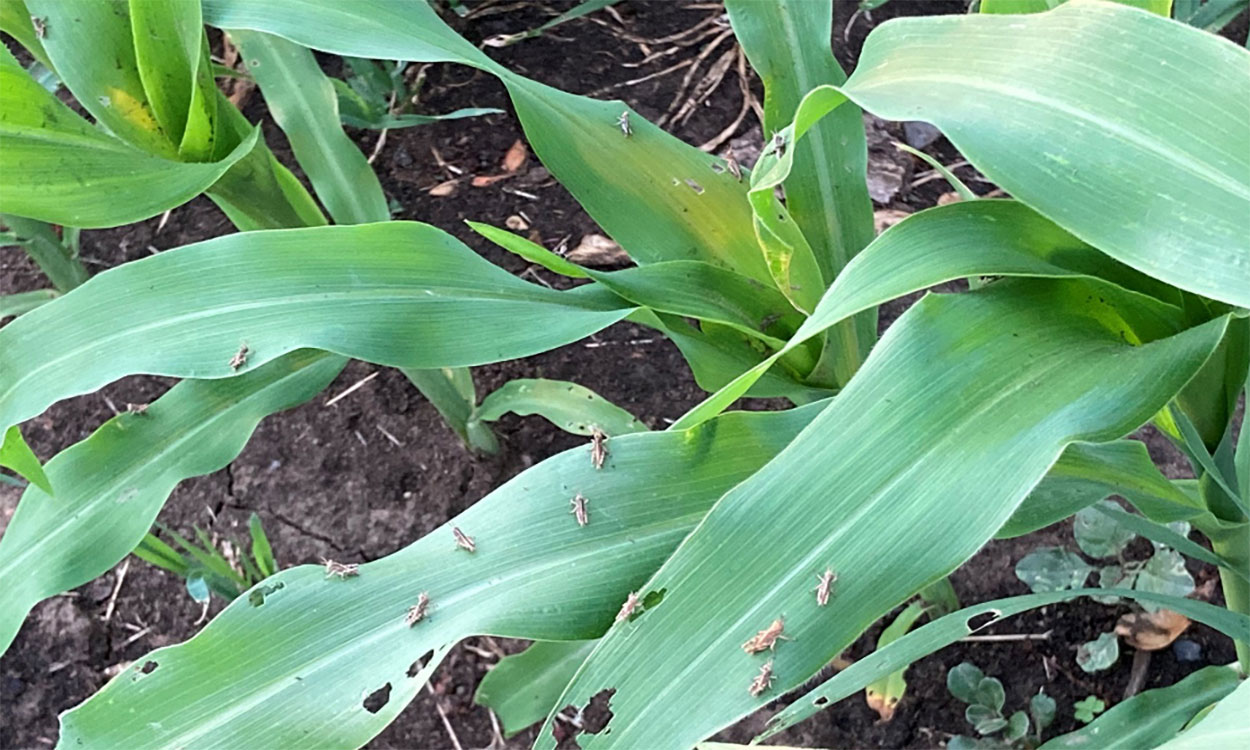
Large Grasshopper Populations Detected in South Dakota
Very large populations of grasshoppers have been detected in southeastern South Dakota. Although these grasshoppers aren’t causing serious defoliation in crops yet, there is the possibility that they will as the season progresses.